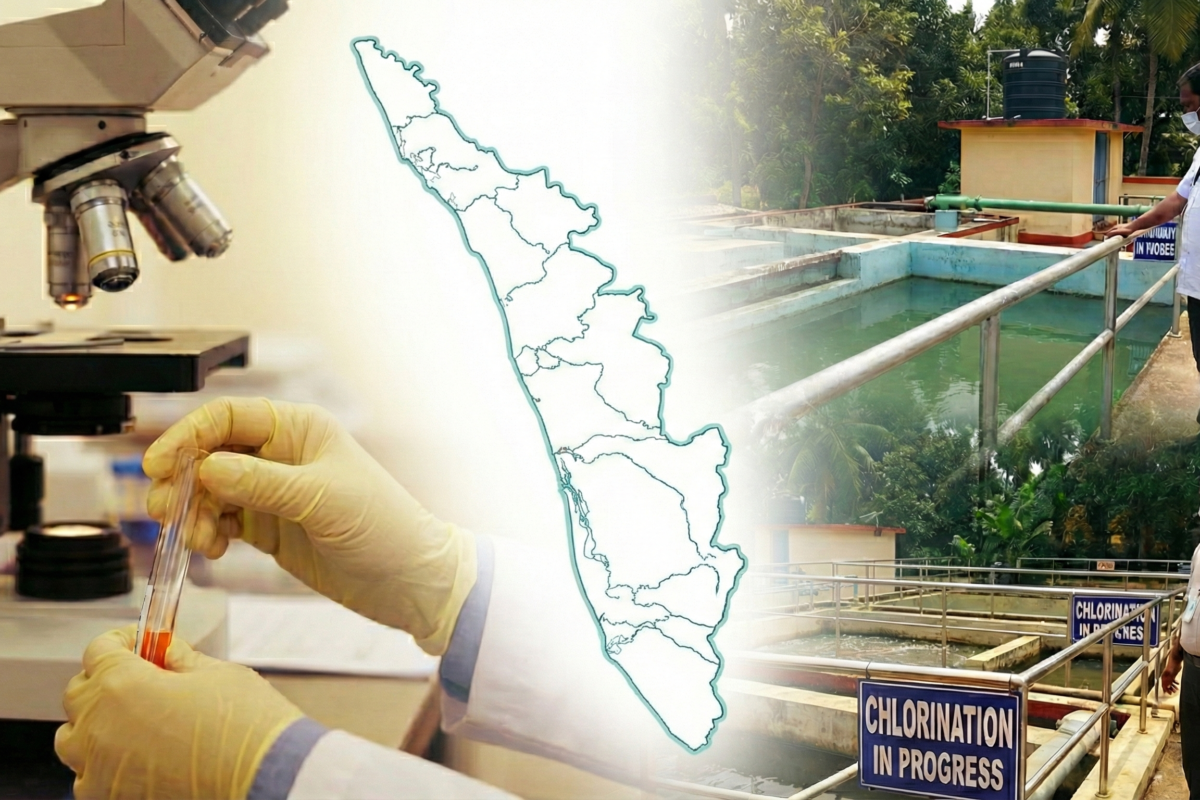Mental illness such as epilepsy is a chronic non-communicable disease of the brain. It affects people of all ages. Around 50 million people worldwide have epilepsy, making it one of the most common neurological condition globally.
As per the World Health Organization (WHO), about 80 per cent of people with epilepsy live in low- and middle-income countries, of whom every fifth life in India.
According to a new study, the prices of branded drugs for neurological condition such as epilepsy have increased by 277 per cent from 2010 to 2018. In the same period, the price of generic drugs for epilepsy has come down by 42 per cent.
Between 2010 and 2018, the cost of brand-name epilepsy medications, including drugs like Vimpat (lacosamide), rose 277% overall, the researchers found. During the same period, the cost of generic drugs fell by 42%.
“We as clinicians need to be aware of the rising costs of brand-name drugs, particularly when compared to generic drugs, and think critically about whether this increase in cost is justified,” said lead researcher Dr. Samuel Waller Terman, a clinical physician professor of neurology at the University of Michigan.
There is no single best seizure medication, the researchers said in background notes to the study.
Physicians are often influenced by the novelty of medications and choose to prescribe the latest ones, Terman said.
“It’s a story of human behaviours,” Terman said. “Sometimes we really like the new, but I think we need to be aware of the cost implications that we often ignore as prescribers.”
In many cases, the new brand-name drug has benefits in terms of fewer side effects and fewer drug interactions, making it a better option than an older drug, Terman said. But that is not always the case. For many patients, he said, an older generic drug may be just as safe and effective.
The study found that the use of previously introduced epilepsy drugs, called first-generation drugs, as well as the use of multi-drug enzyme-inducing drugs, decreased from 2008 to 2018.
One limitation of the study was that it only included prescription drug claims, the study said, so the results may not apply to younger populations with private insurance. The study is published in the online edition of Neurology.
You can connect with Ground Report on Facebook, Twitter, Instagram, and Whatsapp and Subscribe to our YouTube channel. For suggestions and writeups mail us at GReport2018@gmail.com
Who was Rakesh Died in Secunderabad Agnipath Protests?
Agnipath Protest reached Southern states, 1 dead in Secunderabad
Agnipath Protests: How many states facing outrage and violence?
Agnipath scheme launched by Armed forces: What will be eligibility and salary if you join
Agnipath Scheme: Anand Mahindra Promise jobs to Angiveers









